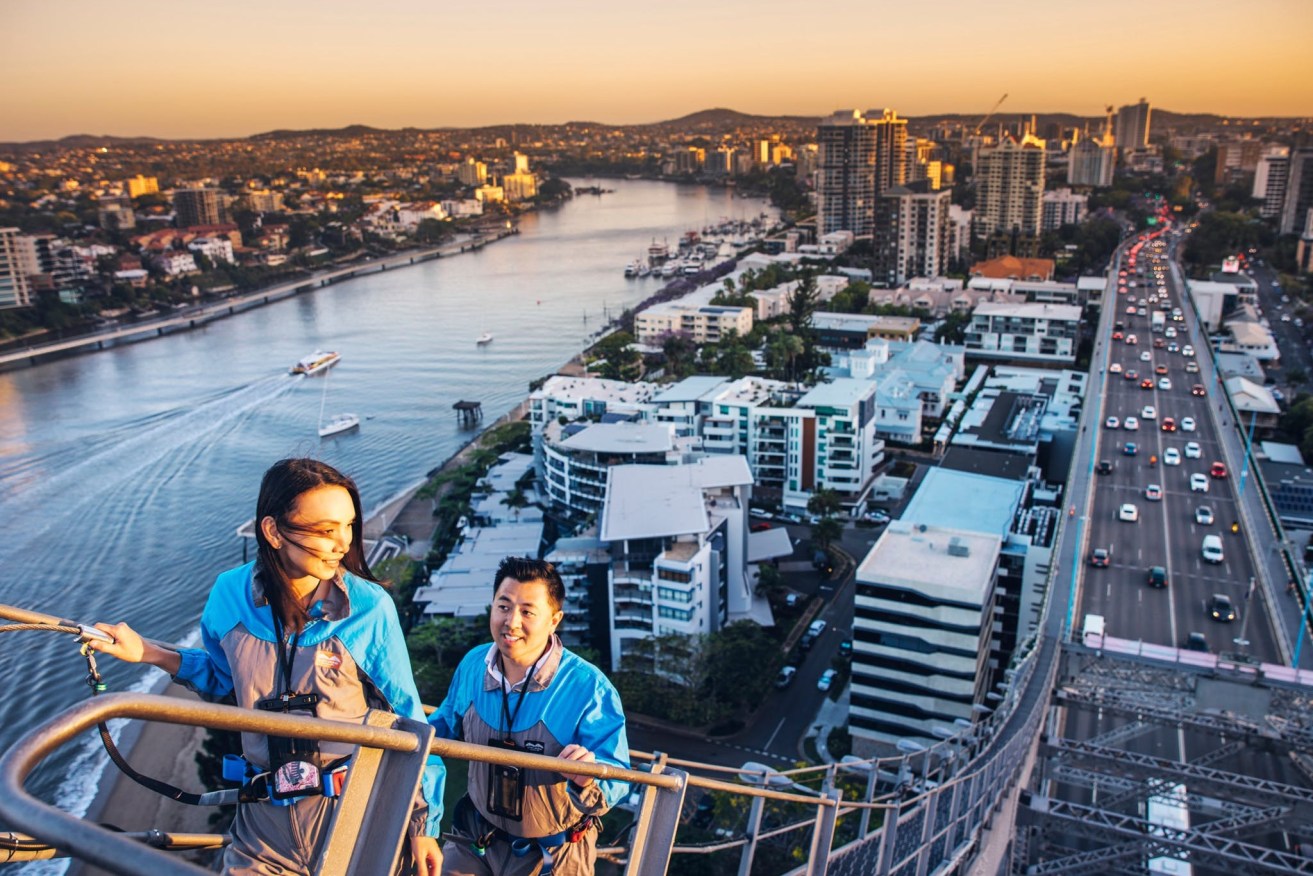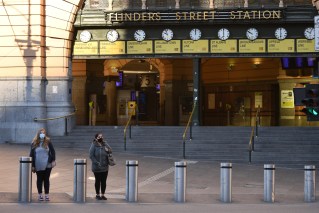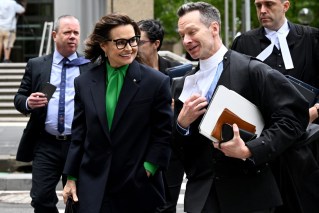With a little vision, here’s how we can build Brisbane’s bridge to the future
With one eye on history, it’s not hard to see how Brisbane can turn adversity into the recipe for a better city, writes Jon Davies

Let’s fast forward to Brisbane in 2025 … the chaos wrought by COVID-19 seems such a long time ago. So too are the snide references to ‘’Brisvegas’’.
In just five years, the Sunshine State capital has been visually and structurally transformed.
Major construction projects completed during that half-decade have had a huge impact.
Tourism has bounced back. People are choosing to visit and stay in record numbers.
As always, they come for our climate and laid-back lifestyle. But they are also now drawn by a dynamic international city that boasts a clean, exciting and connected public realm.
From Queen’s Wharf to Brisbane Live, the transformed 45ha Victoria Park (Brisbane’s answer to ‘’Central Park’’), to the new QPAC theatre and trendy West Village, the world-class bars, cafes, restaurants, hotels and retail hugging the curves of the river along North Quay all the way to the Story Bridge.
Our transport systems, streetscapes and green bridges are the envy of cities everywhere.
Cross River Rail and the Brisbane Metro have not only made it easier to move around – they’ve also sparked a renaissance of inner-ring centres such as Woolloongabba, Dutton Park, Herston and Albion. Brisbane Airport’s second runway and the cruise ship terminal have opened the way for many more international visitors.
But it’s not just about the billions of dollars worth of new infrastructure. There’s also a tremendous flow-on effect from this construction boom that has created thousands of jobs.
When the global pandemic hit Australia, Prime Minister Scott Morrison classed construction as an “essential industry’’.
“This keeps the economy going; it keeps people in work; it keeps supporting people through this,” he said.
In 2020 construction is the second largest employer in Queensland accounting for nearly 10 per cent of the overall workforce (almost 250,000 people).
It is the third-largest contributor to the Queensland economy ($27 billion) and supports almost 80,000 businesses from sole traders to mum and dad businesses, subcontractors, planners, designers and contractors.
Every dollar spent on construction projects has a multiplier effect. It directly results in increased employment by those contractors engaged to do the work, increases demand for goods and services required to build the project and results in increased personal spending by all the newly employed workers. This in turn leads to increased employment throughout the broader economy.
History has numerous examples of when tough times have inspired vision and resulted in generation-defining development.
In 1928, as the Great Depression began to cripple the economy, Brisbane City Council commissioned its first major capital project that would today be called a “mega project’’ – the Grey Street Bridge (which was later renamed the William Jolly Bridge).
Then Lord Mayor William Alfred Jolly had formed the “Cross River Commission” three years earlier, appointing leading engineer Roger Hawken as chair to investigate new river crossings. The Grey St Bridge opened in 1932 just as unemployment across Australia peaked at 32 per cent.
Meanwhile the “Hawken Plan’’ included another, bigger better bridge downstream – the Story Bridge that would catapult Brisbane out of the economic doldrums and become a symbol for the city for decades to come. Work began on the Story Bridge in 1935 in the midst of the Depression. During the five years of construction it was a massive employer, creating 400 jobs at its peak.
At the same time the Hornibrook Highway, the longest bridge in the southern hemisphere, was being built.
If there is one thing COVID-19 has proven it is that all levels of government and industry can work together collaboratively.
From crisis comes opportunity and we need to use this to become more responsive, to remove red-tape and streamline inefficient planning and procurement processes.
Above all, we need to improve the sustainability of an industry that supports so many livelihoods and is being relied upon to carry the burden of economic recovery.
Collaboration however should not be something that we reserve for times of crisis, it should be embedded in our city’s DNA.
If we can achieve this we will have created a legacy as significant and real as the projects themselves.
Jon Davies is the CEO of the Queensland Major Contractors Association












